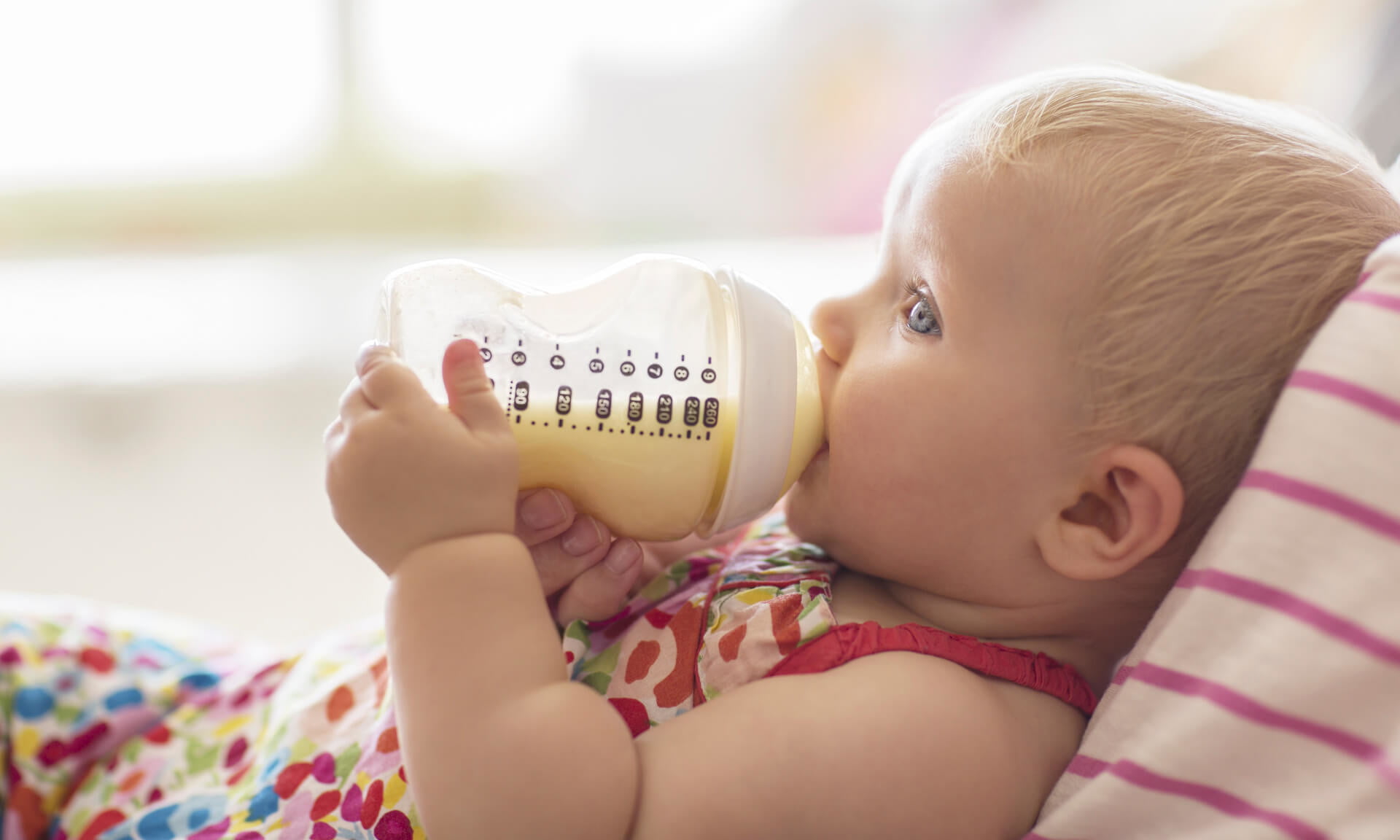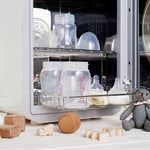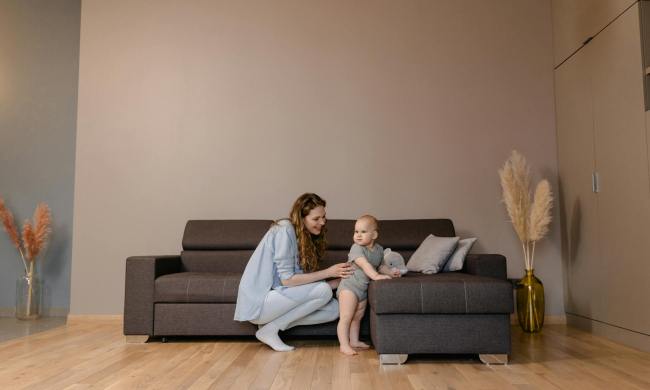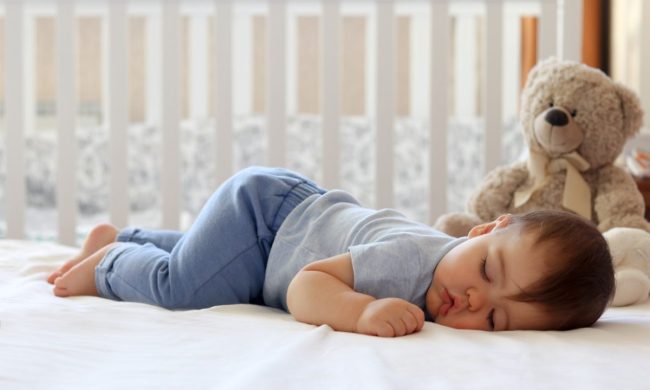Bottle sterilizers have come a long way since the days of the stovetop boil method. If you are an expecting parent or have one in your life, you may be contemplating the need for a bottle sterilizer to keep baby essentials clean. However, many parents may be wondering what kind of bottle sterilizer they may need and which ones to investigate further.

What’s all the fuss about?
Sterilizers are excellent tools to have in a parent’s childcare arsenal. These nifty gadgets help to keep babies safe from the dangers of growing organisms that can become trapped inside a moisture-rich environment — such as bottles, accessories, and pacifiers. It’s essential that these supplies remain clean and sanitized to prevent little ones from becoming ill. They are not, however, necessary for parents to purchase to safely bottle feed or care for their child. Antibacterial soap and hot potable water can certainly cleanse and remove dirt, debris, and bacteria from bottles. Sterilizers step in to prevent moisture from sitting inside small crevasses in the material or molded parts that can harbor growth of bacteria and other unhealthy organisms.
How does it do that?
Sterilizers use steam, heat, UV light, or a combination of those elements to rid the item placed into it from harmful growths. Depending on the type of penetrating power the sterilizer uses, they may require a water source, need to be drained, require maintenance, or need to be cleaned regularly. This is a key factor to keep in the back of a parent’s mind when deciding which type of sterilizer to purchase.
Another element of finding the right sterilizer is size. While it may not seem like an appliance, these products will likely live on kitchen countertops just like a blender or microwave — for accessibility, if nothing else. If parents don’t have tons of counter space, live in a smaller dwelling such as a condo or apartment, or don’t enjoy extra clutter in their lives, considering the amount of room to spare may be in order.
A few other things to keep in mind while shopping for baby bottle sterilizers are:
-
- Product capacity
- Processing time
- Product testing and certification
- Ease of use
- Additional products needed for operation

UV light sterilization
When it comes to UV light technology, Evla’s bottle sterilizer
One of the most interesting features of this product is that by using UV light technology to sterilize the items inside, there is no waste involved. With no waste, this product is extremely environmentally friendly, producing no byproducts and needing no cleaning or descaling. In addition, Evla’s product sterilization lasts for up to three days, keeping your items clean much longer.
Steam sterilization
Steam is a powerful tool that can produce a ton of energy. It’s also an extremely powerful device to push away dirt, debris, or anything in its path. Steam engines powered the world’s fastest locomotives and ships. It can grind grain into fine powder. Steam also releases wrinkles from clothing and sterilizes equipment.
To a parent, their child’s feeding supplies are equally-as-important equipment and need sterilization often. A great steam-powered sterilizer sure to get parents clean bottles quickly is Papalbic’s baby bottle electric steam sterilizer and dryer
Adding water to this machine is required, and due to its usage, it may require cleaning. Holding up to 11 bottles, this sterilizer also includes an accessories basket that can hold bottle lids, nipples, pacifiers, and rings. In addition, it is recommended that if shoppers struggle with hard water, distilled water should be used in its place to prevent buildup.
A few other great sterilizing products worth mentioning include:
-
Grownsy’s portable UV-C USB sanitizer
— a small, portable, and rechargeable product that can sterilize small objects like pacifiers while on the go in under 1 minute. It includes a strap that parents can quickly hook to their diaper bags, strollers, or purses for on-the-go use.Dr. Brown’s deluxe bottle sanitizer
— a reasonably-priced alternative to more expensive steam sterilizers. This product features an accessories basket, measuring cup, tongs, and can accommodate up to six baby bottles for sanitizing.Grownsy’s full size UV-C sterilizing box
— a full-sized version of the above-mentioned UV-C portable sterilizer. This product sterilizes objects in 15 minutes and can hold up to 12 baby bottles.
While sterilizers are not really necessary, and most parents simply go without purchasing one, having one on hand is a great way to keep more than just your baby’s bottles clean and germ-free. Don’t spend time lying awake at night, worrying if your dishwasher’s temperature will penetrate all the nooks and crannies of your child’s bottles and toys. Give yourself the peace of mind of knowing you’ve protected them against growing bacteria and organisms in their feeding equipment by purchasing one of these awesome and handy products.



